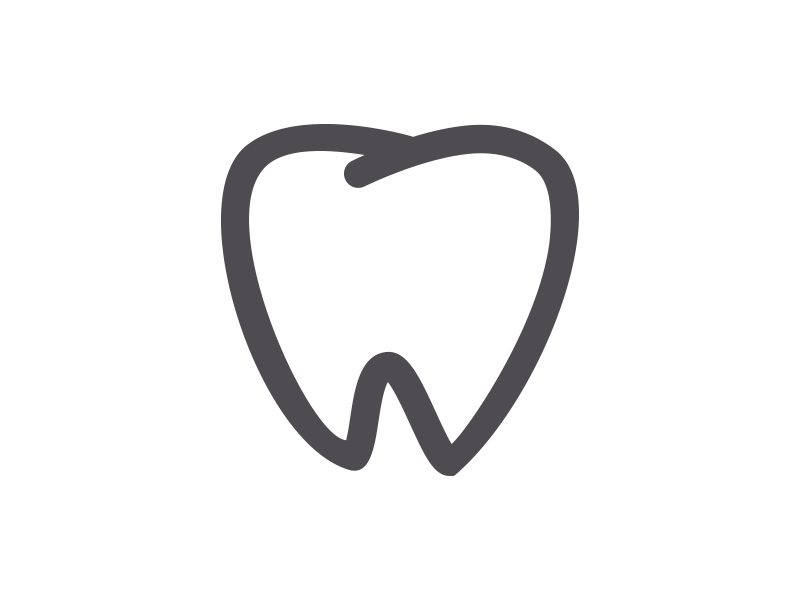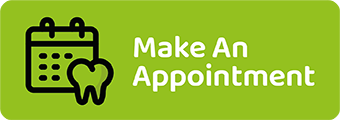Treating Periodontal Disease
Treating Periodontal Disease
Periodontal Treatment
Your gum disease treatment will depend on several factors, including your personal health history and the stage of your gum disease. This page covers:
• Professional Cleaning
• Deep Cleaning – Scaling and Root Planing
• Periodontal Surgery
• Bone Graft Surgery and Guided Tissue Regeneration
• Keeping your teeth and gums healthy after treatment
Professional Cleaning
In the very early stages – when it is gingivitis – you may just need a professional cleaning from your dental team. They can also give you some great advice and tips on how you can keep your teeth and gums healthy.
Deep Cleaning – Scaling and Root Planing
If your gum disease is beyond gingivitis, you may need a special deep cleaning called scaling (SCAY-ling) and root planing (PLAY-ning).
During your appointment, your dentist will carefully remove plaque and tartar down to the bottom of each pocket. That’s the scaling part of the cleaning.
The next step is to clean and smooth your tooth’s root surfaces. Smoothing the surfaces helps your gums heal and reattach to the tooth, shrinking the pocket depth. This is the root planing part of the deep cleaning.

Scaling removes plaque and tartar from below the gum line.
|

Root planing smoothes the tooth root and helps the gums reattach to the tooth.
|
Periodontal Surgery
Sometimes, scaling and root planing isn’t enough treatment on its own. If pockets do not heal enough after scaling and root planing, gum surgery may be needed.
Surgery allows your dentist to remove plaque and tartar from hard-to-reach areas. Afterwards, your gums will be stitched into place to tightly hug your teeth.
Surgery can also help to shrink pocket depth and make it easier for you to keep your teeth clean.
Bone Graft Surgery and Guided Tissue Regeneration
If bone has been damaged or lost by gum disease, then you may need surgery to rebuild or reshape the bone in your mouth. This kind of surgery is called a bone graft.
First, your dentist may use splints, bite guards or other types of tools to hold loose teeth in place and help tissues heal. If too much gum or bone tissue has been lost from your gum disease, he or she may need to also do a bone graft.
Your dentist may place a membrane layer at the surgical area to help your gums stay in place while the tooth root reattaches to the supporting bone tissues. This is called guided tissue regeneration.
To help you heal after surgery, your dentist may put a protective dressing over the area and recommend or prescribe a medicated mouthrinse. You may also be given a prescription to treat infection or for pain relief.

Diseased tissue is removed from the pocket. In some cases, the bone may be reshaped.
|

Bone has been reshaped.
|

Grafting material is placed over the bone. A membrane covers the grafting material.
|

After the healing period
|
Keep your Gums Healthy After Treatment
Once your gum disease is under control, it is very important for you to get dental care on a consistent basis. The type of professional cleanings recommended after your treatment are called periodontal maintenance care. These cleanings are more extensive than the standard cleaning and will help you keep your gums healthy.
You will need to clean your mouth every day at home, but that isn’t enough to control your gum disease. Professional care is also needed to help make sure that your mouth continues to get healthy. Your periodontal maintenance involves cleanings that are deeper than a normal cleaning in the dental office.
It’s important to follow your periodontal maintenance care. You have a better chance of keeping your teeth if you do. Your gum disease may get worse if you don’t!
Plan for more visits to the dentist
You will need to see your dentist more often than other people. The pockets and other issues from your gum disease will make it harder for you to clean plaque from your teeth.
Your dentist will talk to you about a treatment plan that works best for you, and he or she will recommend a maintenance care schedule that is based on your personal case. Over time, fewer appointments may be necessary.
Once your gums are healthy, your dentist will determine a maintenance schedule based on your clinical evaluations.
Medication
You may also need special medications than can help control the infection and pain or to help your gums heal. The medicine could be a pill, a special mouthrinse, or a medication that your dentist places directly into the pocket right after deep cleaning.
You may have sensitive teeth and gums after your treatment
Sensitive or sore teeth and gums may make you want to skip cleaning your treated areas in your mouth – but don’t! It is important that you brush your teeth gently and clean between your teeth with floss or another aid designed to remove plaque. If you don’t remove the plaque, your gum disease may worsen and you may increase your risk of cavities.
Ask your dentist or dental hygienist about special toothpastes or other products that can help lower tooth sensitivity.
Keep up your oral care at home
It is very important that you brush and floss every day – especially if you are healing from gum disease.
• Brush two times every day for two minutes each time. Use a toothbrush with soft bristles and a toothpaste with fluoride (FLOOR-ide). Fluoride is a mineral that helps keep teeth strong.
• Floss every day to remove plaque and bits of food from in between your teeth. If your gums have pulled away from your teeth, it may be best to use special tiny brushes, picks or wider types of floss and picks to clean between your teeth.
• Your dentist may also recommend using a specific mouthrinse regularly.
• Look for the American Dental Association Seal of Acceptance on all of your dental care products. The ADA Seal means these products have met ADA standards for safety and effectiveness.
Don’t Use Tobacco!
If you smoke, chew, or dip tobacco, then it is very important you quit. Using tobacco in any form (including e-cigarettes) slows down your healing and raises your chances of getting gum disease again or it getting worse if you already have it. Talk to your dentist or doctor about ways you can quit.
[/two_third_last]
Patient education content ©2017 American Dental Association. All rights reserved. “ADA” and the “ADA” Logo are registered trademarks of the American Dental Association.
















